There are many paths to success and arguably the easiest route is to just copy the success of others.
But there is one thing that is not so easily plagiarized – reputation.
And since reputation is something built over time and granted by others, businesses spends considerable time and resources to make sure they stand for something in the minds of the consumer.
Among all the reputation a company can earn for itself, the hardest would have to be Reliability because it is one trait that can only be proven with Consistency and Time. In this, Toyota has earned this recognition time and time again with their vehicles that perform steadfastly over any period of time and distance as well as their clockwork, stress-free after sales support.
But in an era where other brand vehicles are performing just as well, offering an acceptable level of ownership experience, the advantage held by Toyota is lessened. Don’t get me wrong; Toyota is still King of reliability in my books. It’s just that I feel that reputation is most appreciated by those who’ve had a poor experience with other brands that they just want something that … well, just works.
That said, the perception that Toyotas handle as well as a boat is almost as much as the belief in its reliability. In the eyes of many older folks, sacrificing the thrill of new tech for infallible function seems like a fair trade.
But the today’s buyers won’t accept such a trade off, particularly due to the aforementioned shrinking gap in reliability among other brands. After all, claiming a newer model is “more reliable” than the previous model is peculiar. No, Toyota needs something else to be added to their reputation.
Which brings us to the new Toyota Camry. It’s exterior bears no resemblance whatsoever to any of its predecessors yet when you drive it, it’s unmistakably very “Toyota-ish” with its buttery smooth suspension and transmission. The few days driving it was an eye opening experience for me – where I would not have considered the brand even though I greatly respect it, I am convinced that the Toyota I once knew is no longer the same.
Here’s the story of a Beautiful Monster that has acquainted me with a feeling seldom found in other brands.
Design

As mentioned before, the 8th generation Camry’s exterior design is a radical departure from the boxy outlook of past editions. What I like about the Camry design is that it’s noticeably different from the smaller segment Altis and Vios unlike some other brands where the difference in size is the only denominator between the models. Here the humongous grille, glassed Toyota logo (which hides the radar) and sleek bi-LED projector headlamps with LED turn signals is unmistakably Camry. This is a fascia that’s refreshingly modern and it’s one of those cars that’ll attract attention wherever it is driven.

Measuring 4,885 mm in length, 1,840mm in width and 1,445mm in height, I was surprised to find that it’s longer than my KIA Sorento when parked side by side. True enough, my 7-seater SUV is actually shorter by 105mm. No wonder the Camry feels a bit more challenging to fit into parallel parking spaces. It has a 2,825mm wheelbase which is 50mm longer than the unit it replaces which means an impressive amount of legroom behind.

In many ways, the sleek design of the Camry reminds me a lot of its premium counterpart, the Lexus ES and I feel the greatest resemblance comes from the rear. Both the ES and the Camry have stretched LED tail lamps that occupies 2/3 of the rear view, making the car appear lower. The twin tail pipes makes it look properly sporty – which doesn’t quite match with its performance

Performance

Powering the Camry is the 2AR-FE 2.5litre four-cylinder engine which is carried over from its predecessor. The engine has a max power of 184 PS @ 6,000rpm and a max torque of 235Nm @ 4,100rpm. It’s paired to a 6-speed automatic gearbox.
Yes, it’s nothing to should about in today’s turbocharged world and in the real world, the Camry prefers a more unhurried pace when moving from standstill. Most of the time, the … “restrained” acceleration is acceptable. I wouldn’t call it low-powered; it’s just that the car feels heavy but I had no trouble getting it to move.
The lack of rapid acceleration is only felt when I was stuck in a non-moving lane and wanted to merge with a fast moving lane. It can be a daunting when you enter the lane & expect to accelerate up to speed when slamming pedal to the metal – only to realize your pace isn’t as quick as you’d expect. My advise to you if you encounter this situation;-
- wait till the vehicles travelling in the lane you wish to merge in is moving slower
- do not make a sudden lane change & make sure there’s a large gap between vehicles
- anticipate ahead & avoid getting stuck in the first place
Experienced drivers would rarely find themselves in such a position and if you’re rolling along at speeds & needs to go a little faster, the engine is more than capable of puttering you along at your desired speed. After all, 184PS isn’t the most powerful in the segment but neither is it a slowpoke either.
Ride and Handling

Other than that, it was a wonderful experience driving the Camry. At no time did the car felt unstable & that I attribute to the Toyota New Global Architecture (TNGA) platform. TNGA made its debut here in the CH-R & this is the first time I tried the double-wishbone rear suspension set up that is said to improve stability, agility and safety. I didn’t get into any frame-bending accidents so I can’t comment on the claimed stronger body but I can say for absolute certainty that the stability & agility is the best among all previous Camrys.
During the few days when I was putting it through its paces, I’ve never once felt any loss of control. There were no undulations & you could feel road imperfections to some degree like micro-vibrations through the steering wheel but it’s not to the point where it’s disturbing. After some time, you’d barely notice it once you get used to it.
Now the thing about reviewers like me who’ve brought quite a number of cars back to the office and most of my team members have experienced them so some of my feedback concerning some vehicles are the result of multiple comments from various people with different tastes & requirements. One thing they all agree with the Camry is that all the brownie points it lost in acceleration, it makes up for in comfort. Within minutes of taking the review unit, some of us were already sleeping in the backseat. Then we felt that short distance drives within Klang Valley may not be sufficient to get a more accurate feel of the car … so we decided to take it down to Johor Bahru for a day trip. Yep, just as comfy …. in fact, I ddin’t feel tired after alternating drivers in that 8 hours trip to and fro.
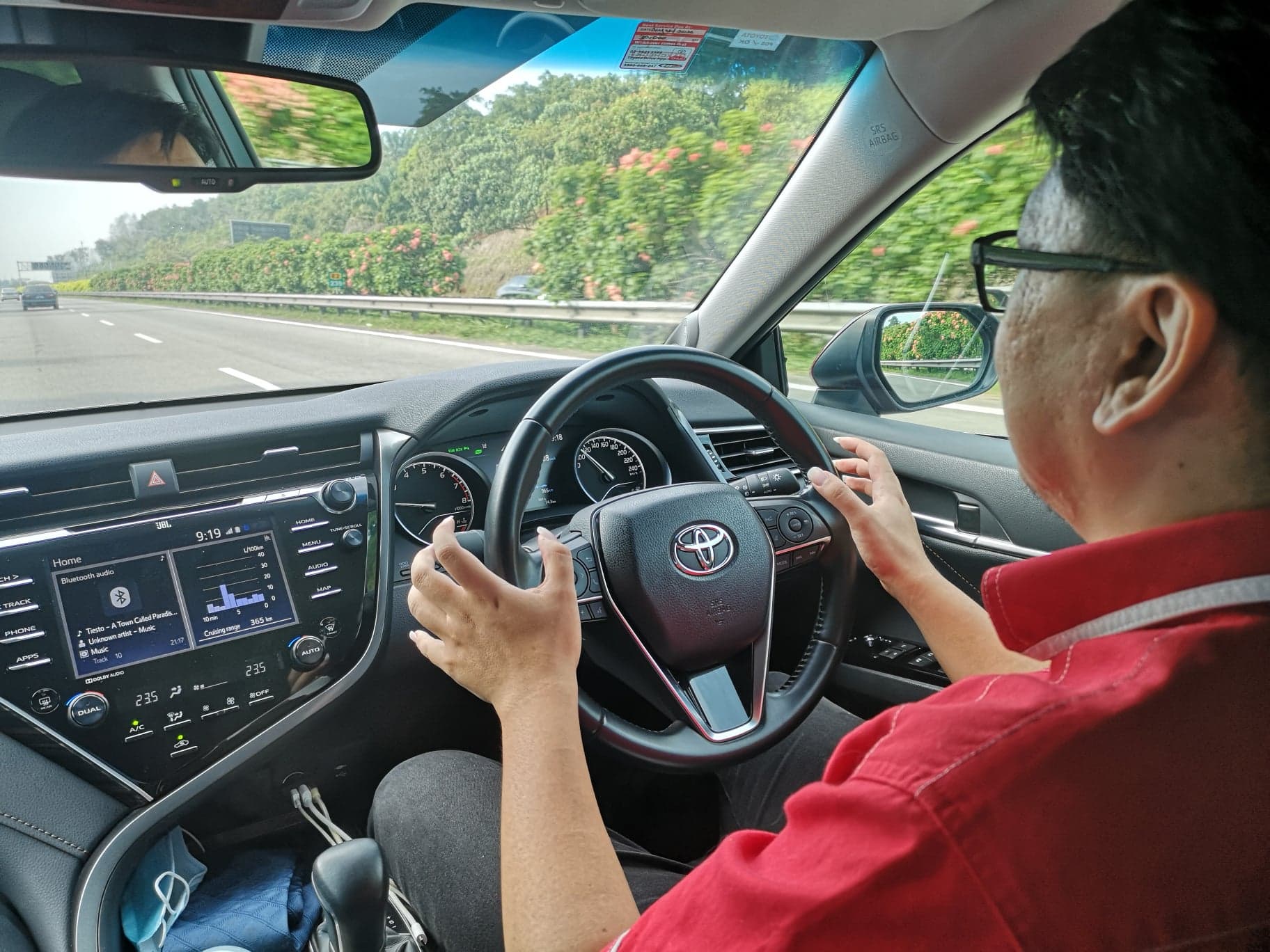
The Camry features Dynamic Radar Cruise Control and Lane Departure Alert (LDA) which in combination makes the Camry one of those vehicles that, theoretically can drive itself by autonomously steering, braking and accelerating if the road lines are clearly visible and the road curvature is not too severe. It does work but the LDA kicks in a bit late, usually touching and crossing the lines before steering it back the opposite direction. If there are no driver intervention the car would be swerving left and right in the same lane, causing other drivers to wonder what your intentions are. I’ve tried a few cars with a similar adaptive cruise control/lane keeping assist combo and most of the time the European models will keep the vehicle dead center in the lane between clear road lines. Japanese cars such as the Camry isn’t as sharp but don’t misunderstand that this is an indication that Toyota’s system is inferior. Far from it, I suspect Toyota deliberately tune the system to perform as such to remind drivers that these are Driving Aids and does NOT replace the act of driving itself (something those driving continental makes may be inclined to attempt every once in a while). As an aid, the system does a good job in ensuring you don’t drift out of your lane due to inattentiveness.
Cabin Convenience

When I first stepped in to the cabin, there is one key design feature that I greatly appreciate in the Camry; the dashboard is kept level horizontally. In the Altis, the center display is a floating console that sticks above the rest of the dashboard line. The Vios bulges upwards in the center. But the Camry’s center is beautifully crafted into the entire dash which makes the entire cabin feel more airy and spacious. While this might sound like nitpicking a small detail, this heavy middle design is the precisely the reason why I dropped the Fortuner from my list of consideration before deciding to buy my current SUV. With the Camry’s dashboard laid out the way it does, I’m liking what I’m seeing.
The dark wood panels may look tacky to some but I think it does blend well with the overall design. What’s unusual in this segment is a powered tilt & reach steering wheel


The instrument panel is clear and easy to read but the 7″ colored Optitron multi information display (MID) looks rather low-res for a modern car. It does get the job done though. One odd thing to note; the 2.5V comes equipped with rear sunshades and it took us half a day looking for a physical switch or the controls in the center display. In the end, we find it odd that the control to extend/retract the sunshades is hidden inside the MFD. I wonder how many Camry drivers even know they have rear sunshades in their cars.

The 9-speaker JBL system is good and works very well in a hushed cabin.



Other niceties include a Qi wireless charging port located below the airconditioning controls but since I don’t use a wireless charging device, I was not able to determine its efficacy. The center compartment is big enough to hold all your small personal effects including Smart Tags.

There’s a small compartment below the fuel/boot release buttons and it’s big enough for access cards but not Smart Tags. Funny story – I accidentally reached too low once to open this compartment and pulled the bonnet release lever instead. Fortunately I was alone in the car otherwise the warning alarm would have startled anyone else sitting in the car with me.


With the rear sunshades and side shades, sitting behind feels luxurious. Legroom is amazing but headroom is a bit compromised. Nonetheless with my 178cm height, I didn’t have any issues making myself comfortable behind.


Boot space is 493litres. Not the best in the segment but the squarish shape makes it easy to load luggage inside. The biggest setback here is that the rear seats cannot be folded down to accommodate long cargo. Bummer but to be honest, I rarely need to fold rear seats down. Below the boot floorboard is a rarely-found full sized 235/45/R18 tire.
A special note about the fuel consumption; Toyota does not reveal any data on its FC but in an almost pure outstation drive, I returned 6.7litres/100km which is just okay considering it is a 2.5litre NA engine. What’s really odd is the on board range estimate constantly underestimates the full tank 60litres range.

When I started my journey from KL, the fuel range was estimated to be around 463km. Nevermind, I thought. Must be because the trip computer logged the previous driving pattern to show a poor range. However when I started to head back to KL & had traveled over 530km, the trip computer showed 149km range with half tank remaining. At first I thought it must be due to the shape of the fuel tank as some have a larger 1st half & therefore the fuel consumption appears to be better there compared to the 2nd half. But it cannot be as bad as almost 1/3 of the 1st half? I decided to press on in my journay.
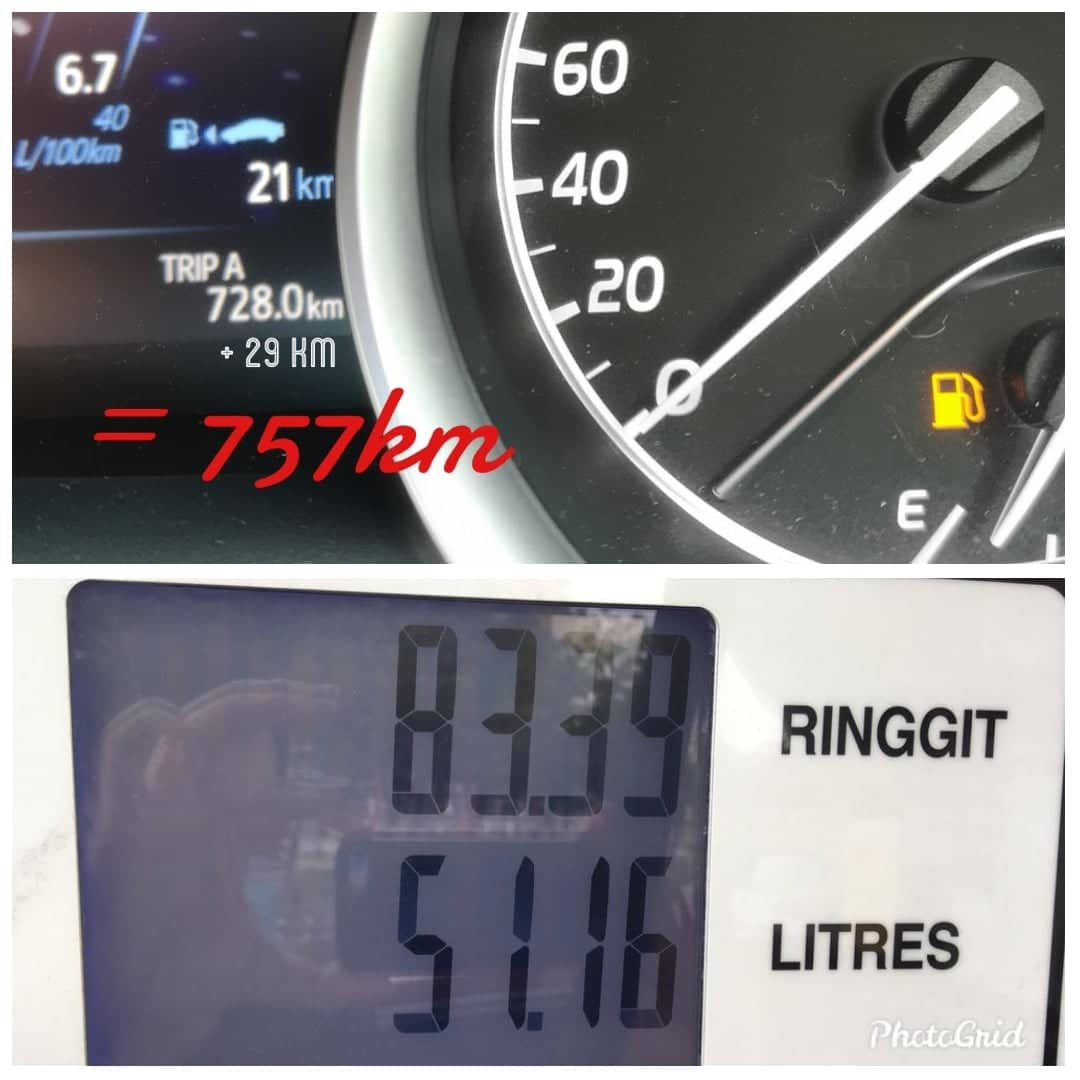
By the time the car was returned, I managed to eek out 757km (the +29km was due to me forgetting to hit the reset earlier & by the time I remember to do so, I had gone 29km). That’s a huge margin of 63% which is so far off, we might as well don’t bother with it.
Safety
The Camry 2.5V comes with the following active & passive safety features;-
- Front airbags
- Side airbags
- Curtain airbags
- Driver knee airbag (total 7 airbags)
- Toyota Safety Sense (Pre-collision system, Lane Departure Alert with Steering Assist, Dynamic Radar Cruise Control, Automatic High Beam)
- VCS
- TRC
- ABS
- HAC
- Emergency Stop Signal
- Blind Spot Monitoring
- Parking sensors
- Tyre Pressure Monitoring System
- ISOFIX
Ownership
The Camry2.5V is offered at RM188,763 OTR excluding insurance and comes with 5-years unlimited mileage warranty. You have a choice of Platinum White Pearl Mica, Silver Metallic, Graphite Metallic, Burning Black CS, GF and Red Mica (as tested)
My few days with the Camry has made me wonder how well Toyota has done in user ergonomics and some of these features are not found in any other similar segment vehicles. The things I love about the Camry offers;-
- the exterior & interior design appeals to me a lot
- the comfortable yet capable suspension invokes memories of the wonderful smooth experience I had driving in the roads of Japan.
- the acceleration that’s so refine, it makes transporting tofu effortless
- twin kerb view where both left and right side mirrors will tilt down to an angle you set when reversing & immediately tilts back to normal when Drive is engaged. All other cars I’ve tested so far with kerb view is only tilts the left side & goes back to normal only when a certain speed is achieved after moving forward.
- Similar to predecessors before it, the current Camry also has controls for the front passenger seat slide & tilt on the right side of the seat, making it barely an inconvenience for the rear left passenger to adjust the legroom on his own.
- The puddle light lights up automatically when you approach the car, not when you unlock the car. Also unique is the puddle light source is located at the bottom of the car & not on the side mirror so it is able to illuminate the bottom without obstruction.
- The powered tilt & reach steering wheel that makes it feel so premium
- Aircon is Super Cold!!
- Large touchscreen that’s big and easy to control
- Tyre pressure monitoring system that also checks your spare tire
- Dynamic Radar Cruise Control and Lane Departure Alert (LDA) – anything with autonomous steering, braking & acceleration will always score extra marks in my review.
Yet there are a few quirks that I need to get used to;-
- Driver only keyless entry & lock at a time when at least both front doors have buttons to lock/unlock.
- The fuel range estimate is grossly inaccurate
- Slow pick-up of the engine
- The lack of a power boot
- Hidden rear sunshade controls
- Do I really need to carry the weight of a full sized tire?
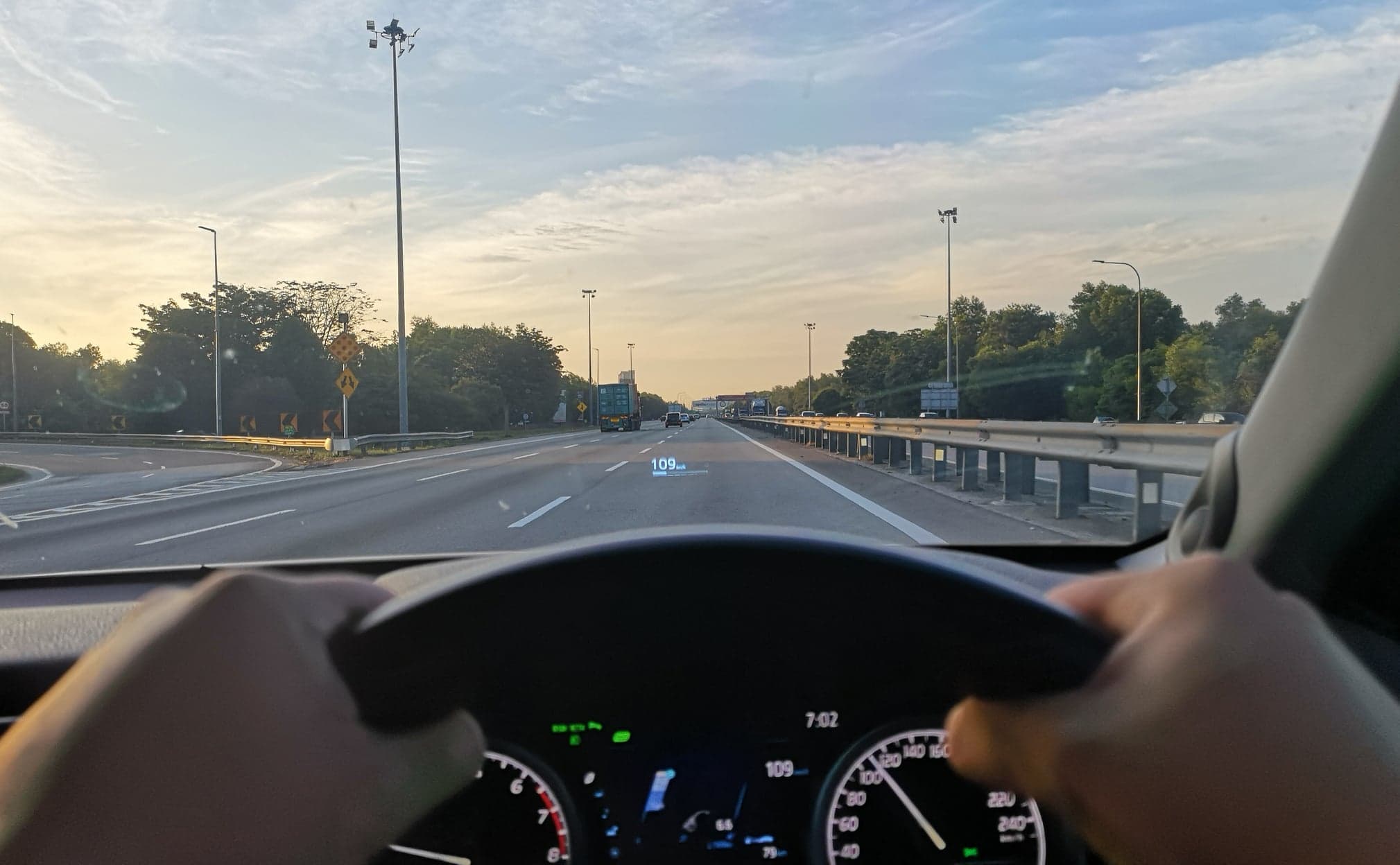
All in all, would I still consider the Camry as a daily drive?
My answer is a definite yes. The Camry isn’t the fastest D-segment sedan in the market but it’s arguably one of the most comfortable & at my age, rushing from one destination to another is something I dislike. In all the time I spent in the Camry, it has always a pleasure, making me wonder why should I rush when I should be enjoying the refinement this car has to offer.
We can argue that the powertrain is carried forward from many years ago but TNGA platform makes me feel this is fine. After all, if it’s Reliability, Comfort and Style the things I seek, the Camry has all the boxes checked.

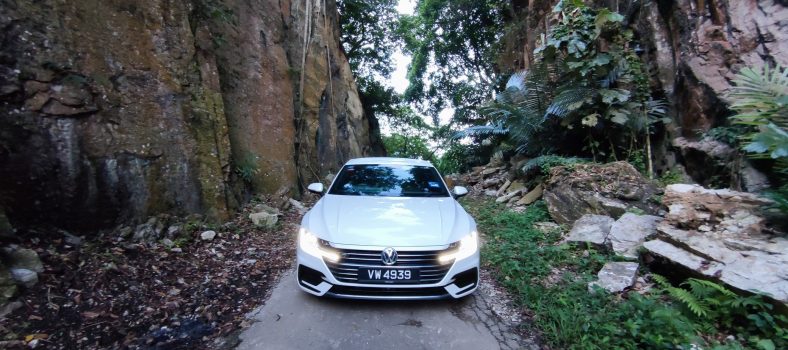

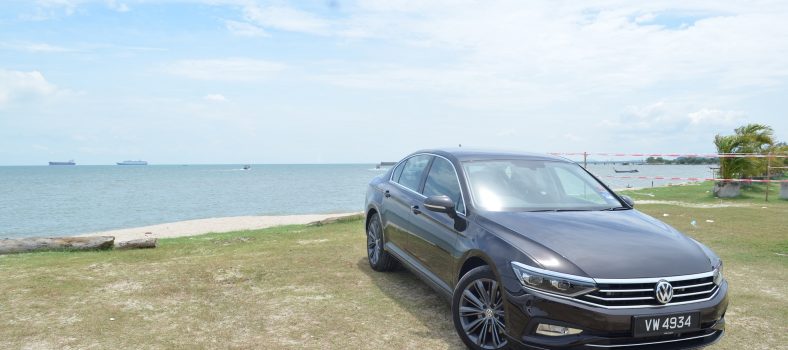

No Comment